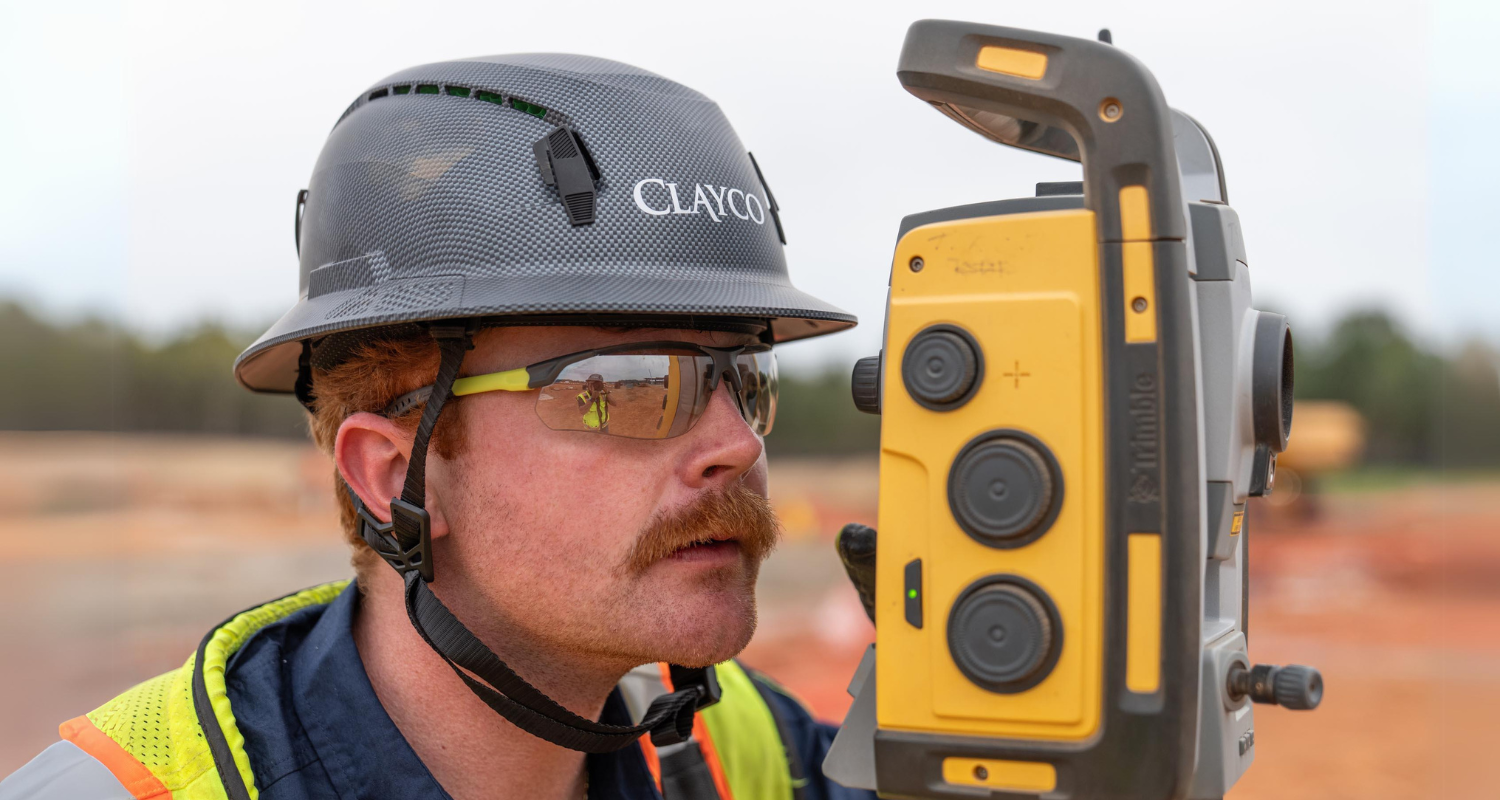
From construction sites to oil and gas fields, utilities, mining and any industrial trade, keeping a worker’s head safe remains a top priority for organizations and individuals.
However, the technology found in the traditional hard hat contradicts this priority. The basic design of the hard hat has remained virtually unchanged for more than 100 years. The truth is – it is no longer the safest way to protect the brain and head on the job.
Principally, traditional hard hats can only protect individuals from falling objects, which now constitutes a significantly smaller percentage of actual workplace incidents compared to trips, slips, and falls.
According to the U.S. Bureau of Labor Statistics, falls, slips, and trips were the leading cause of fatalities in the construction industry, accounting for 37.9 percent of all fatalities from 2015-2019.
In comparison, deaths from falling objects represented just 16.7 percent of cases. In 2020 there were 1,008 documented fatal falls throughout the construction industry in the United States alone, according to the Occupational Safety and Health Administration (OSHA).
The data exposes a significant gap in safety that industrial safety leaders are now beginning to address in earnest. However, they need new technologies and designs that can provide full, 360-degree head protection to account for the much higher number of falls, trips, and slips—along with falling objects.
The Type II Safety Difference
In taking action, plant operators, construction safety officers, and other environment, health, and safety professionals are beginning to adopt a new type of safety helmet derived from the ANSI Z89.1 Type II standard.
Type II helmets are defined as those that feature advanced shock-absorbing technology to provide front-, side-, and rear-impact protection. These safety helmets often include chin straps and other technologies to keep the helmet on the head in the event of an accident.
Type II safety helmets typically require a greater up-front investment compared to a traditional hard hat. Still, in return, workers enjoy a significantly safer and usually more comfortable experience.
Many Type II safety helmets are also designed to improve wearability and ruggedness, not just to provide greater protection. Their helmet lifetimes are also typically longer, reducing the amount of PPE turnover.
Here are some additional safety features that Type II helmets can offer:
Impact Protection
Impact protection technology, such as welded-tube polymers developed by Koroyd, crumples instantly on impact to absorb energy, protecting the skull and brain from both direct and angled impacts. Angled impacts are more likely to cause rotational shifts of the brain in the skull, which can lead to more severe injury. In essence, reducing the impact of angled and oblique impacts can help reduce the risk of a life-changing or life-threatening injury.
Identification Technology
If a workplace incident does occur, some helmets include an integrated chip based on near-field communication (NFC) technology that stores emergency contacts and critical medical information for first responders to access.
Twiceme is a technology that utilizes NFC technology to enable first responders to scan the data from the top of the helmet directly to an app or via text message received on their mobile device.
With traditional hardhats, workers often include vital health data on a piece of paper affixed inside the hardhat. For certain head and neck injuries, this method can be problematic as medical personnel might be unable to remove the helmet initially to avoid further injury.
Every second matters following an incident. This identification technology ensures critical data can be communicated quickly even when the helmet cannot be safely removed.
Modular Rear Brims
Helmets may feature a slight rear brim designed for rain deflection or the traditional brim form factor to help protect against outdoor conditions. Depending on the job and conditions, some Type II helmets enable the workers to get into confined spaces more easily than the traditional full-brim style.
Four-Point Chin Strap Systems
Although falls, trips, and slips represent some of the leading causes of serious injury and death for industrial workers, they are also preventable.
According to the U.S. Bureau of Labor Statistics, most of the head injuries resulting from a slip, trip, or fall happen from heights of 6' or less. This is one of the main reasons why many organizations are mandating Type II safety helmets with chin straps.
Buckle enclosures with an adjustable nylon four-point chin strap are commonly found in action sports helmets, such as biking and mountain climbing. When added to an industrial safety helmet, workers enjoy maximum adjustability along with easy one-handed use, even when wearing heavy gloves.
Replaceable Pad Sets
Padding is also common in Type II safety helmets to ensure a comfortable fit.
Helmets can feature replaceable Ionic+ pad sets that level up safety, comfort, and hygiene.
While not the flashiest feature, it offers a cleaner and more hygienic experience to the wearer as they are washable and replaceable.
A Win-Win for Workers and Leaders
In addition to protecting the individual wearer, adopting Type II safety helmets affords organizations and their respective workers additional benefits, including:
Protecting the Most Important Asset
Although industrial work is often physical work, the most essential asset for anyone on the job remains their brain—the most complex and important tool of all.
Organizations, and the workers themselves, are realizing the need to protect this precious asset as best as they possibly can, not just for the job, but for their respective overall livelihoods and quality of life.
Forward-looking organizations are already voluntarily transitioning to the Type II standard.
Those organizations can remain confident that the investment is worth the cost for the bottom line and for creating a true safety-first culture.
Article written by Ryan Barnes, founder and CEO of Studson, a U.S.-based maker of above-the-next safety equipment and accessories. Barnes also brings more than 20 years of experience from the sports, outdoor, and consumer product goods markets across sales, marketing, product management, and business development roles to revolutionize the industrial helmet safety market.